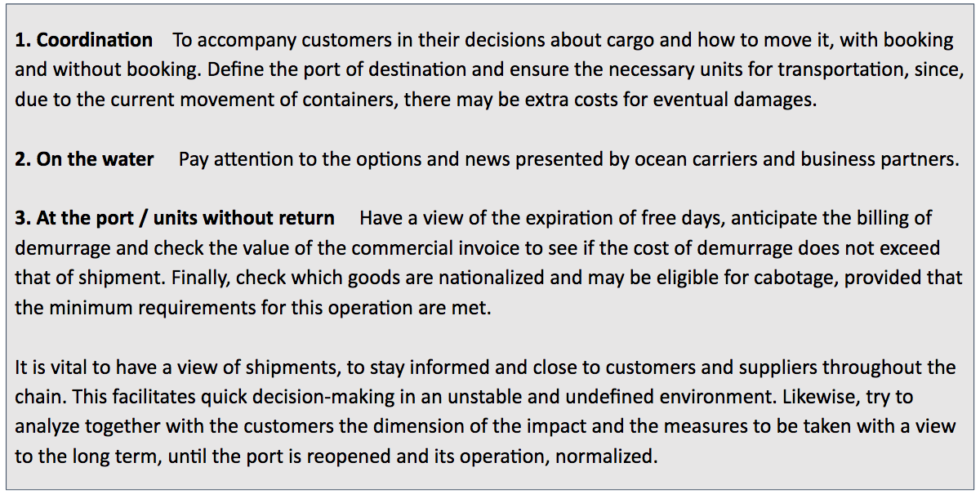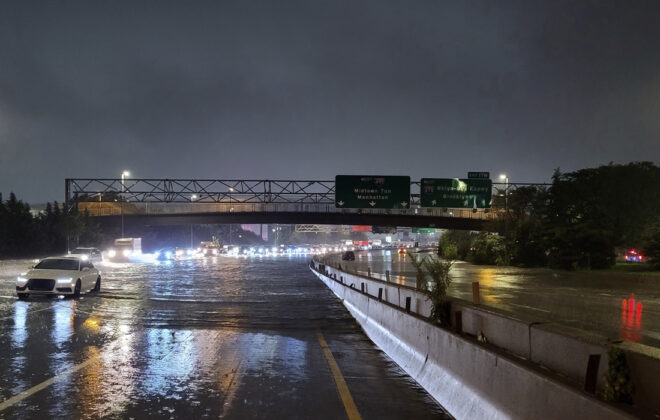Colombia: 3 steps to have the best strategy to face the crisis

Houston, we have a problem. For almost a month plunged into a real social upheaval, Colombia naturally sees its services affected by the crisis in the country.
In general, the Buenaventura terminals have an occupancy close to 95% of their capacity, which has led ocean carriers to seek alternative ports such as Lázaro Cárdenas, Manzanillo and Balboa.
“The situation is critical. The SPIA terminal declared force majeure, a declaration accompanied by the interruption of normal activities and  operation exclusively in the form of cabotage,” says the general manager of Craft Colombia, Adriana Cardenas (foto).
operation exclusively in the form of cabotage,” says the general manager of Craft Colombia, Adriana Cardenas (foto).
Roads are blocked, so, not only the removal of equipment at ports is affected, but also the return of empty units. “Our daily job is to speak to terminals and ocean carriers in order to have a clear view of current scnenarios and decisions that are being made, which impact our customers”, says Adriana.
According to the general manager of Craft Colombia, with the crisis, the costs associated with LCL and FCL have increased and an alternative route to reach Colombia, via the Atlantic Coast, has been necessary. For that, you can use cabotage — a measure authorized until June 8 by Dian (National Customs Directorate) — or check if the ocean carriers have the option of a COD (Change of Destiny) for arrival via Cartagena.
But, as comex and Craft do not stop, Adriana Cardenas established a 3-step strategy to have 20/20 vision of shipments and mitigate the effects of the crisis:




